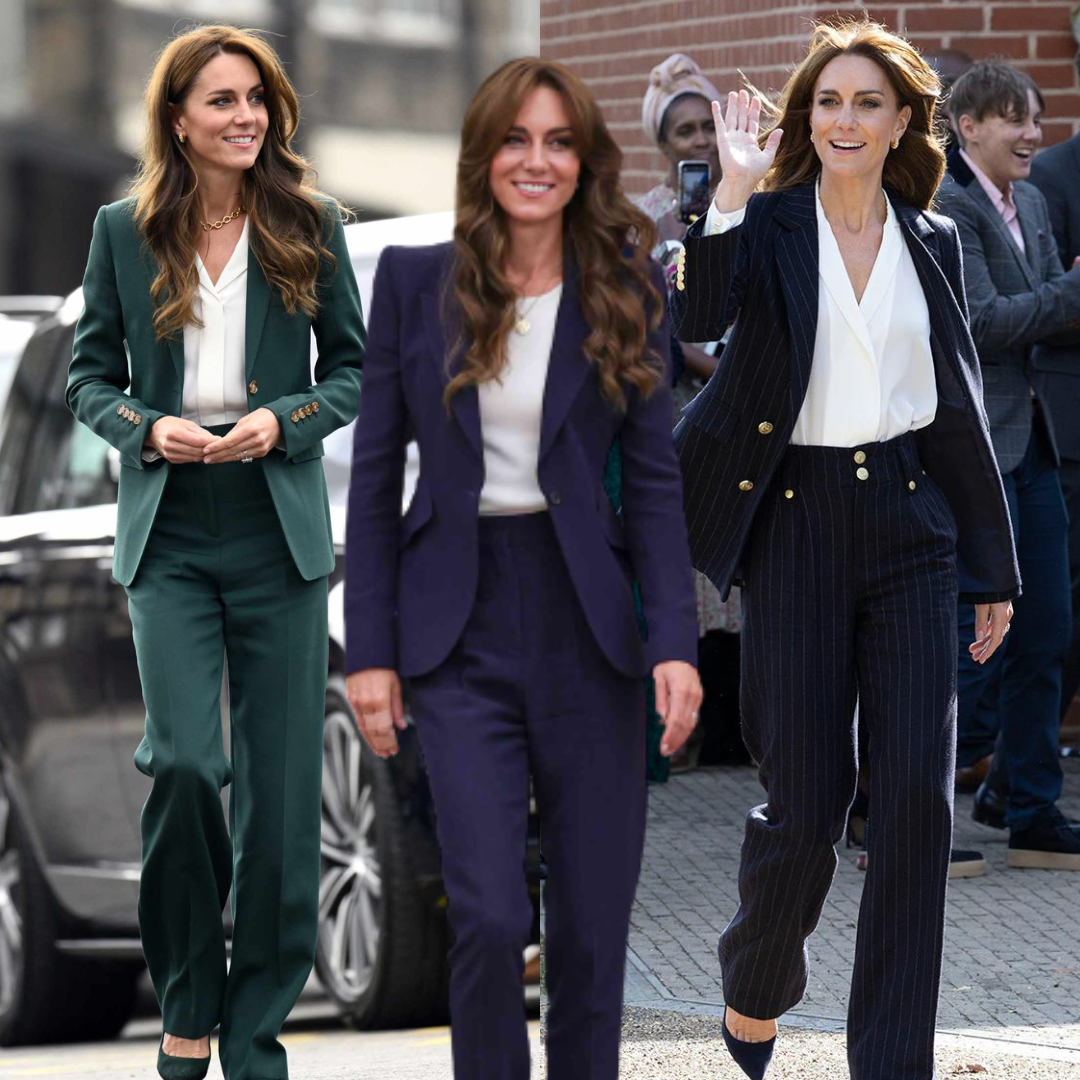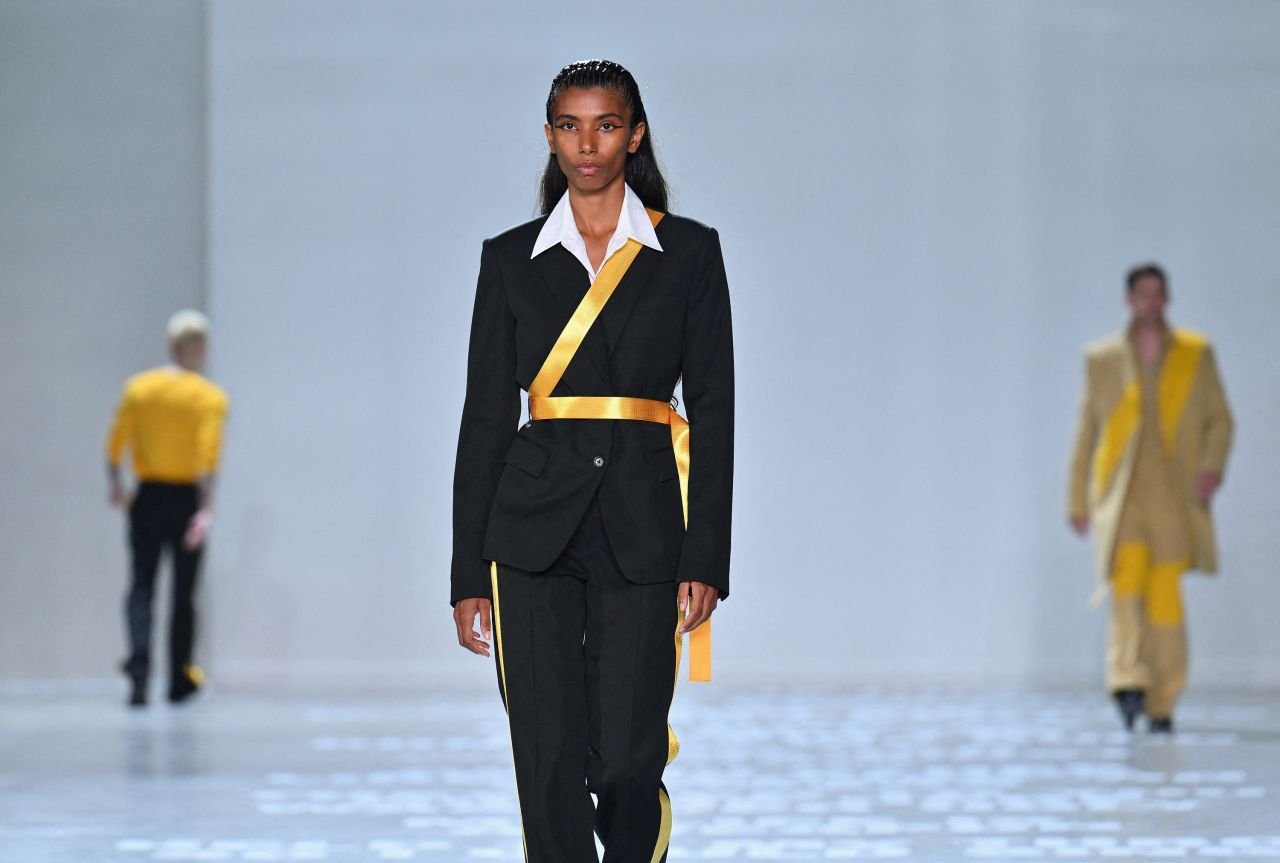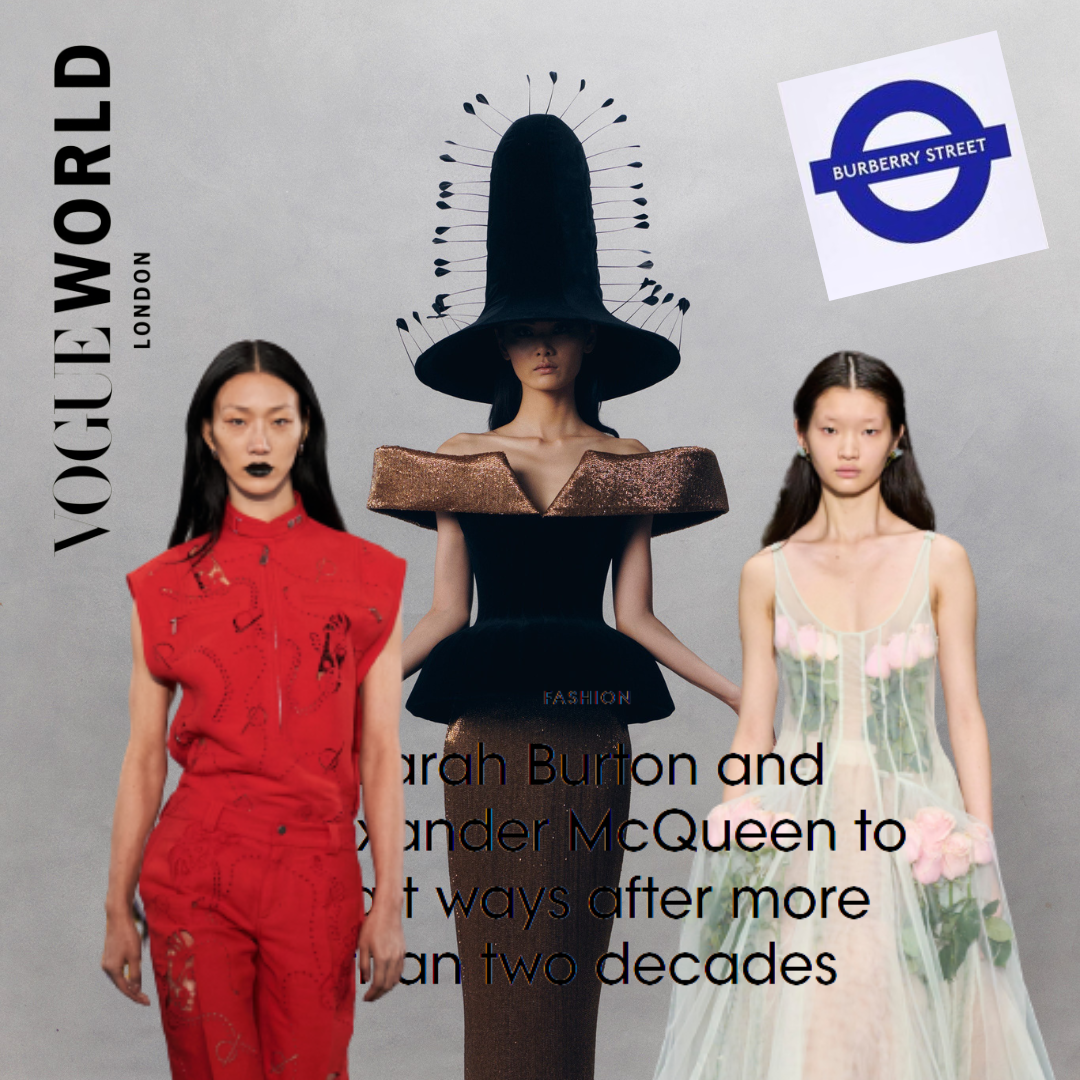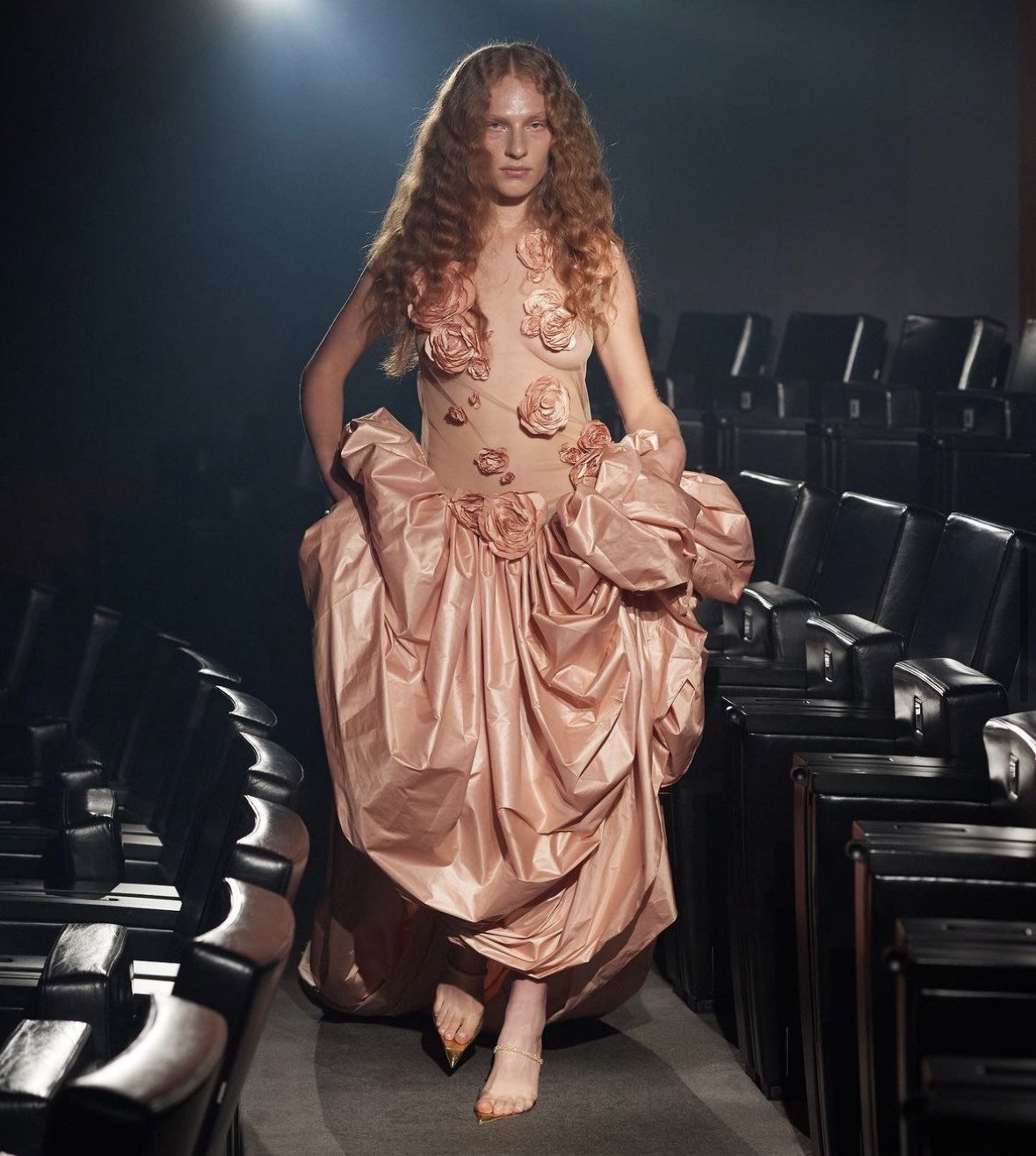The Importance Of That Miranda Priestly Monologue
When The Devil Wears Prada hit cinema screens all the way back in 2006 it became an instant classic. Chick flick lovers would go on to watch it faithfully and fashion lovers still use it as inspiration for their own industry futures. We remember it for the iconic opening number to Suddenly I See by KT Tunstall, one Emily that didn’t make it to Paris, a self-centred boyfriend (seriously, who likes Nate?), Andy’s ugly duckling to swan transformation and, of course, for Miranda Priestly. Fiercely respected and treated like a God among those that adore and work for her, Miranda is a fascinating, multi-faceted character that never fails to amaze. Partly thanks to Meryl Streep and partly due to excellent screenwriting, if Miranda is speaking then the audience is automatically listening. Everything she says has a certain gravitas, and this is perfectly represented by that monologue.
The Devil Wears Prada is full of memorable quotes, a personal favourite being “florals for Spring…groundbreaking”, but there is one scene that offers some of the best quotes and thus, the best analysis. The film is satirical, it takes the high fashion industry and pulls it apart for shits and giggles, and yet it also manages to subtly teach us the truth about this world. The cerulean sweater monologue manages to encapsulate several things: how fashion trends are set, whom by and the economic impact that has on millions of individuals. So, let’s break down this genius piece of cinema.
Miranda Priestly: Something funny?
Andy Sachs: No, no, nothing. Y’know, it’s just that both those belts look exactly the same to me. Y’know, I’m still learning about all this stuff.
Okay, these belts are clearly very different. C’mon, the buckles look nothing alike, but that's beside the point. Andy not being able to see a difference is no real blemish on her own character, after all, she was never interested in fashion, but it sets up this monologue superbly.
Miranda Priestly: This “stuff”? Oh, okay. I see. You think this has nothing to do with you.
Note, reader, that Miranda is about to tell Andy exactly why it has everything to do with her.
You go to your closet and you select out, oh I don’t know, that lumpy blue sweater, for instance, because you’re trying to tell the world that you take yourself too seriously to care about what you put on your back. But what you don’t know is that that sweater is not just blue, it’s not turquoise, it’s not lapis, it’s actually cerulean.
For Andy, this is just a plain blue sweater, one that she has probably never thought twice about. Most people on this planet would treat this item of clothing the exact same way. But, for those who understand fashion, it’s far more than just a blue sweater, in fact, it’s not even just blue. It’s cerulean.
You’re also blithely unaware of the fact that in 2002, Oscar de la Renta did a collection of cerulean gowns. And then I think it was Yves St Laurent, wasn’t it, who showed cerulean military jackets? And then cerulean quickly showed up in the collections of eight different designers. Then it filtered down through the department stores and then trickled on down into some tragic “casual corner” where you, no doubt, fished it out of some clearance bin.
Keeping an eye on runway shows and their subsequent fashion trends is captivating. Almost every fashion trend in the last century has been started or accelerated by a designer at a high-end fashion house. An example here could be Dior’s New Look from 1947, a revolutionary design of the flared skirts and nipped-in waists that would go on to define the silhouette of the 1950s. While Dior may have been the one to conceive the notion, once he put it public countless other designers took inspiration until it was the go-to style of the decade. Most of the style genres that we follow can be traced back to particular people that set a fashion precedence. There is also a lot to be said today of designs being taken from high-end brands and sold via fast fashion companies.
However, that blue represents millions of dollars and countless jobs and so it’s sort of comical how you think that you’ve made a choice that exempts you from the fashion industry when, in fact, you’re wearing the sweater that was selected for you by the people in this room. From a pile of “stuff.”
Before the pandemic, the global fashion industry was worth an estimated $2.5 trillion. It employs countless designers, seamstresses, pattern makers, shop staff, marketers, accountants, models, photographers and many many more. Our economies would take an unimaginable hit if the fashion industry ceased to exist. Miranda says it perfectly, Andy’s ‘ugly’ blue sweater is far more than just that. It was carefully curated by someone at the very top, someone Andy would probably turn a blind eye to, just so she could clothe her body one day.
The fashion industry is so complex and yet so simple. While the film shows many aspects of that world, it also proves, via the medium of Miranda Priestly, just how invaluable it is. The cerulean monologue is legendary.








